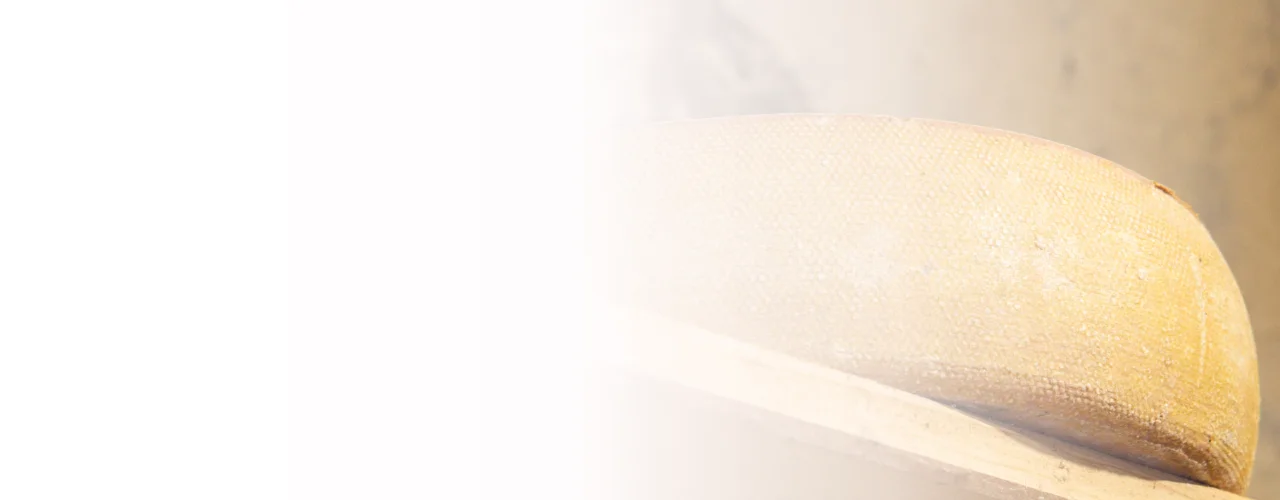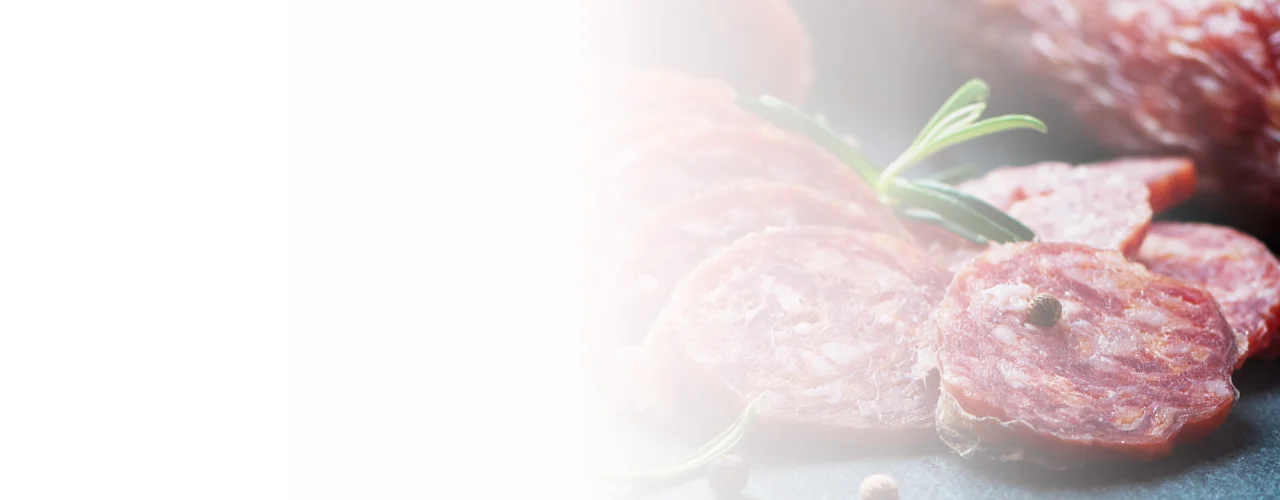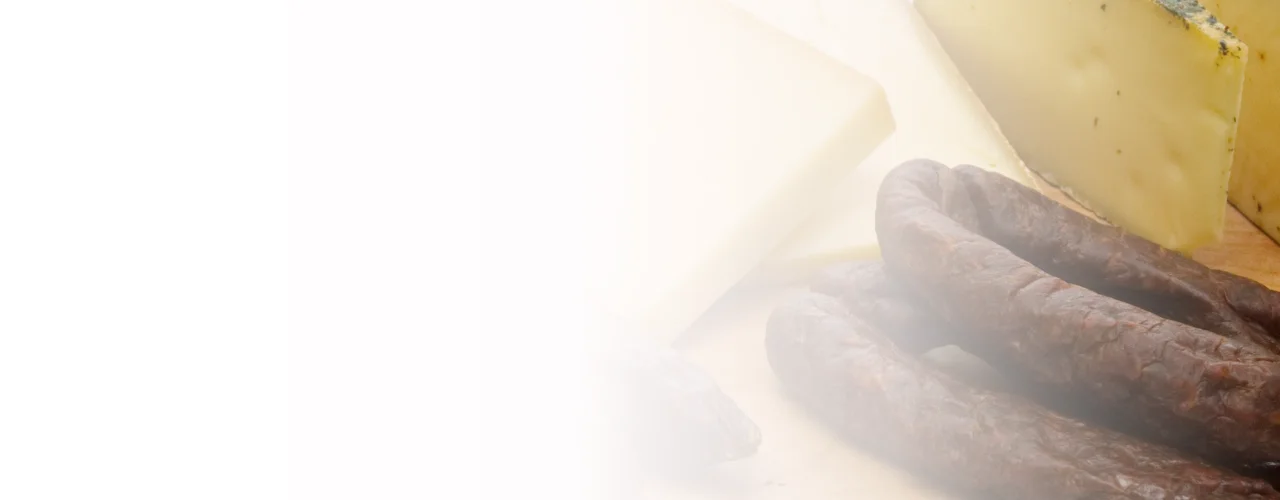Hard cheese | Mountain cheese
Semi-hard cheese

This Sunday, 10 PM | Order Deadline for Last On-Time Christmas Shipping! Dismiss
Skip to content









webdeals is a shop cloud. The network of modern, specialized webshops with a thematic focus. WEBDEALS » this is where you get discovered!
The greater knapweed (Centaurea scabiosa) is a plant species belonging to the family of composite flowers (Asteraceae). This wild perennial meadow plant survives the winter as a hemicryptophyte with the help of its beet-like tap root.
In spring, vegetative root shoots can also be formed from it. The self-sterile flowers are exclusively pollinated by insects. The plant can reach growth heights of up to 120 cm. The stem is angular and branched, with rough pinnate leaves. The purple flowers stand together in a head up to 4 cm wide.
Peripheral flowers are often much larger than the central ones. The bracts have blackish fringed appendages at their edges, which are an important distinguishing feature in this group with several subspecies.
Best cheeses due to selected alpine herbs and meadow herbs. We ♥ cheese!
The greater knapweed flowers are lime-loving. All species, whether in the lowlands or higher altitudes, prefer dry locations.
The feed value for farm animals is moderate. However, it is an indispensable food plant for various butterfly species and their caterpillars. Its flowers are exclusively pollinated by insects and are also important as bee pasture.
Back to the Hay Milk WikiSpicy semi-hard cheese
Rehmocta® cheese
Spicy semi-hard cheese
[vc_row][vc_column][vc_row_inner][vc_column_inner width=”1/2″][vc_column_text]
The greater knapweed (Centaurea scabiosa) is a plant species belonging to the family of composite flowers (Asteraceae). This wild perennial meadow plant survives the winter as a hemicryptophyte with the help of its beet-like tap root.
In spring, vegetative root shoots can also be formed from it. The self-sterile flowers are exclusively pollinated by insects. The plant can reach growth heights of up to 120 cm. The stem is angular and branched, with rough pinnate leaves. The purple flowers stand together in a head up to 4 cm wide.
Peripheral flowers are often much larger than the central ones. The bracts have blackish fringed appendages at their edges, which are an important distinguishing feature in this group with several subspecies.[/vc_column_text][vc_message message_box_style=”solid-icon” message_box_color=”green” icon_fontawesome=”fa fa-check”]Best cheeses due to selected alpine herbs and meadow herbs. We ♥ cheese![/vc_message][vc_column_text]
The greater knapweed flowers are lime-loving. All species, whether in the lowlands or higher altitudes, prefer dry locations.
The feed value for farm animals is moderate. However, it is an indispensable food plant for various butterfly species and their caterpillars. Its flowers are exclusively pollinated by insects and are also important as bee pasture.
Back to the Hay Milk Wiki [/vc_column_text][/vc_column][/vc_row][vc_row][vc_column][ultimate_heading main_heading=”DISCOVER THE GREATEST VARIETY IN THE CHEESE SHOP” heading_tag=”h3″ spacer=”line_with_icon” spacer_position=”middle” line_height=”1″ icon=”Defaults-eye” icon_size=”26″ spacer_margin=”margin-bottom:10px;” sub_heading_margin=”margin-bottom:0px;”]Rehmocta® cheese
Spicy semi-hard cheese
Spicy semi-hard cheese
Spicy semi-hard cheese
ORGANIC sausage
Mild semi-hard cheese
We use cookies to give you the best online experience. By agreeing, you accept the use of cookies in accordance with our cookie policy. Further surfing in the web shop automatically leads to approval.

When you visit any web site, it may store or retrieve information on your browser, mostly in the form of cookies. Control your personal Cookie Services here.